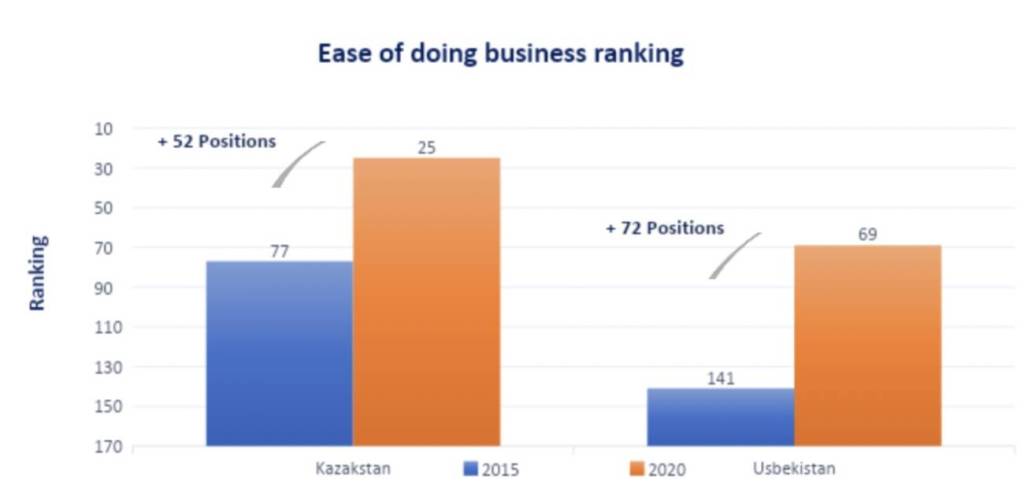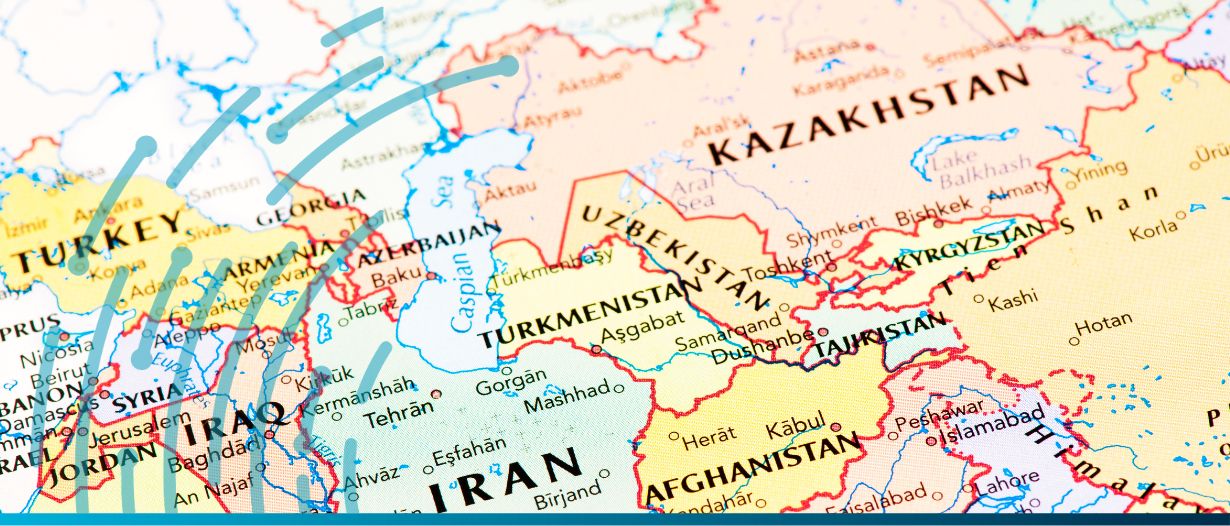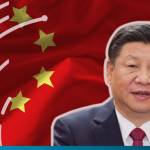Estimated reading time: 1 minute
Would you be able to accurately locate Kazakhstan, Uzbekistan, Tadzhikistan, Kyrgyzstan, and Turkmenistan on a world map? If not, you are probably not alone. But why should we be paying more attention to these so-called “stan-countries”?
An influential finance magazine recently published an article with the headline, “Uzbekistan may very well be the best under-the-radar investment story in the world today”. But what factors justify such a headline for this double-landlocked country? And to what extent does this headline apply to its Central Asian neighbours?
A silver lining amidst global uncertainty
There is one obvious reason for this headline: amidst the turmoil surrounding Russia’s war against Ukraine, exporters have lost access to these markets, as well as Belarus. Central Asia is an obvious alternative given the common historical ties and the lingua franca, Russian. It is no surprise that Germany has seen record numbers of conferences and forums concerning Central Asia in the first half of 2023.
There is, however, another reason why Central Asia is becoming increasingly attractive to investors. It has abundant natural resources and is strategically located, leading to its reputation as a region with untapped economic potential.
Kazakhstan and Uzbekistan, the most significant economies in the region, have taken steps to modernise and open their countries in the last few years, thus attracting foreign investments and contributing to further growth. The two countries have a combined population of 56 million out of 78 million in the region overall.
Uzbekistan is the most populated country, with 36 million inhabitants. At the same time, Kazakhstan is by far the largest country (#9 largest country by area in the world) and has the largest economy and most commodities in the region. Overall, the region can be characterised as commodity-rich (gas, oil) with a strong agricultural base.
Both countries have managed to significantly increase their World Bank Ease-of-Doing-Business ranking: Kazakhstan improved its ranking from #53 (2014) to #25 (2020) out of 190 countries. Uzbekistan improved from #141 (2015) to #69 (2020) – a remarkable success in just five years. During the same period, both countries have increased their OECD country ranking from #7 to #5 (Range: 1-7).

As well as being the largest economy in Central Asia, Kazakhstan has been a regional leader in economic development. Historically, the country has benefited from its rich natural resources, particularly oil, gas, and minerals. President Tokayev entered office in 2019 and since then, the government has implemented market-oriented reforms which have fostered a favourable economic climate for investors. Kazakhstan has also prioritised diversification, focusing on sectors such as finance, technology, logistics, and renewable energy.
Since 2016, Uzbekistan has also implemented a series of ambitious reforms to diversify its economy and attract foreign investment. The government, particularly President Mirziyoyev, has focused on liberalising the market, improving the business environment, and reducing bureaucracy and corruption. In 2017, an extraordinary accomplishment took place as the Uzbek Sum underwent a transformation from a black box currency exchange regime to a transparent free-floating currency system. Key sectors such as agriculture, energy, manufacturing, and tourism have experienced substantial growth. In the last five years, both countries have managed to attract FDI of up to 4% of their GDPs.
Economic dependencies and regional influences
How do both countries respond to current challenges resulting from Russia’s war against Ukraine?
President Tokayev and President Mirziyoyev have had to perform a careful balancing act. Both countries are dependent on historical economic ties with Russia, but also aim to secure investment from Western European countries and promote business relations with them. On top of this, both presidents must contend with China’s increasing influence in the region.
It is also worth noting that both countries are benefiting from increased foreign trade volumes, migration in line with transfer payments, and, partly, recent commodity price increases.
DZ BANK AG has been maintaining business relationships in Central Asia for more than 30 years. It has been particularly active in providing Trade and Export Financing solutions in line with corresponding transaction management and capital market product offerings.
There is a Central Asian saying “it all starts with a cup of tea”, which boils down to the very point that business in Central Asia, probably more than in the rest of the world, is about forming strong personal relationships.
Therefore, do the analysis, choose respective markets of interest, chose appropriate business partners and then take your time and get to know them by, ideally, enjoying many cups of tea together. The reward is a long-lasting and reliable business relationship which pays off manyfold – especially in a surrounding world of change.







































